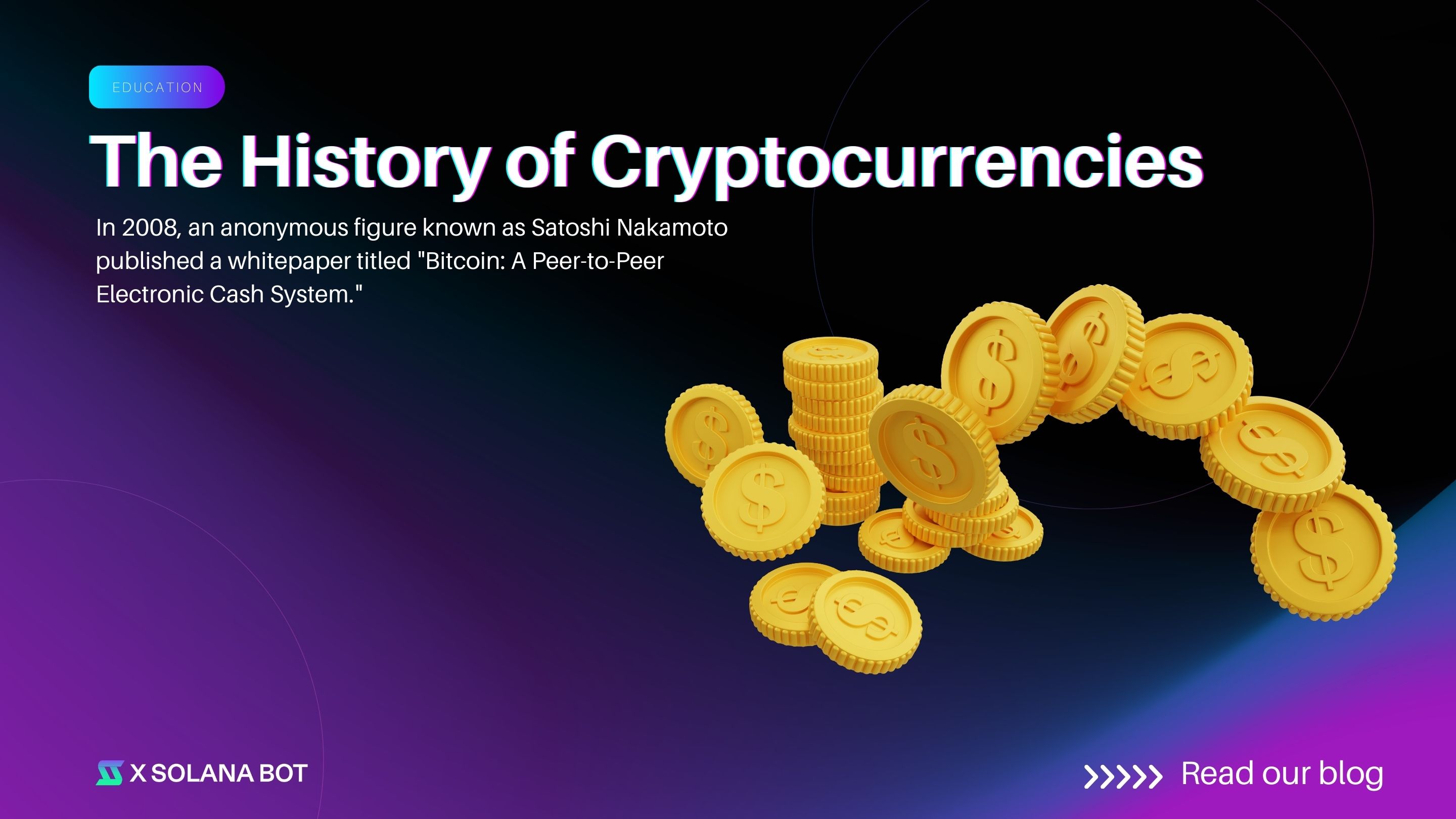The early dreams of digital money Long before Bitcoin emerged, the idea of digital currency had already been explored by visionaries. In the 1980s and 1990s, computer scientists and cryptographers experimented with forms of electronic cash. Projects like DigiCash and e-gold aimed to create online currencies but failed due to technical limitations and regulatory challenges. However, these early attempts laid the foundation for what was to come.
The birth of Bitcoin In 2008, an anonymous figure known as Satoshi Nakamoto published a whitepaper titled "Bitcoin: A Peer-to-Peer Electronic Cash System." This document introduced the concept of blockchain technology— a decentralized ledger that records transactions transparently and securely. Bitcoin officially launched in 2009, and the first-ever transaction took place when Nakamoto sent 10 BTC to a developer named Hal Finney.
The rise of cryptocurrencies Bitcoin remained a niche interest for a few years, attracting mainly tech enthusiasts and cryptographers. But as more people recognized its potential, its value began to rise. In 2010, the first real-world Bitcoin transaction occurred when a programmer bought two pizzas for 10,000 BTC. Over time, exchanges like Mt. Gox appeared, allowing people to trade Bitcoin more easily.
The altcoin revolution As Bitcoin gained popularity, developers started creating alternative cryptocurrencies—commonly known as altcoins. Litecoin, launched in 2011, introduced faster transactions. In 2015, Ethereum revolutionized the space by enabling smart contracts, allowing developers to build decentralized applications (DApps) on its network. This marked the beginning of a new era for blockchain technology.
From boom to mainstream adoption By the late 2010s, cryptocurrency markets experienced massive booms and busts. Bitcoin's meteoric rise in 2017 brought global attention, while the subsequent crash raised questions about stability. Despite volatility, blockchain technology found real-world applications beyond finance, from supply chain management to digital identity verification.
The future of digital currency Today, cryptocurrencies are more than just an experiment. Governments, corporations, and financial institutions are exploring ways to integrate blockchain into traditional systems. While debates about regulation and environmental impact continue, the idea of decentralized money is no longer science fiction. Thanks for reading! Follow my site for more fascinating insights into the world of crypto.
Solana: The High-Speed Blockchain Revolution Solana is a blockchain project that emerged in 2017, founded by Anatoly Yakovenko, a former Qualcomm engineer. Designed to address scalability issues that plagued earlier blockchains like Bitcoin and Ethereum, Solana introduced an innovative consensus mechanism called Proof-of-History (PoH). This approach allows transactions to be processed much faster, making Solana one of the fastest blockchain networks in the world. Officially launched in 2020, Solana quickly gained attention for its high throughput and low transaction costs. Unlike Ethereum, which struggles with congestion and high gas fees, Solana can handle thousands of transactions per second at a fraction of the cost. This efficiency has made it a popular choice for developers building decentralized applications (DApps), NFT marketplaces, and DeFi platforms.
One of Solana's major strengths is its strong ecosystem, with projects like Serum, Raydium, and Phantom Wallet contributing to its rapid growth. Despite experiencing network outages in the past, its continuous upgrades and active development community make it a key player in the blockchain space. As institutional adoption of cryptocurrencies grows, Solana remains an attractive option due to its speed, scalability, and developer-friendly environment. Whether for DeFi, gaming, or Web3 applications, Solana’s technology is shaping the future of decentralized innovation.
